Reports
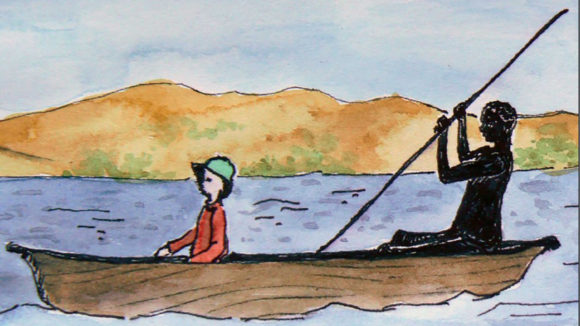
Albinism guide
A guide for teachers and parents of children with albinism, in English and French.
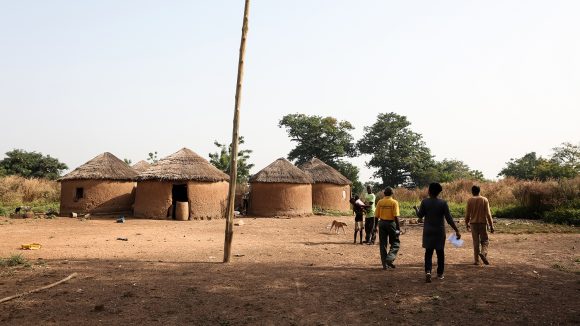
Ghana Disability Data Disaggregation Pilot Project: Results of Integrating Disability in to Routine Data Collection Systems
A pilot project in Ghana was established to understand how disability data may be collected in a system delivering NTD interventions. Read the report here
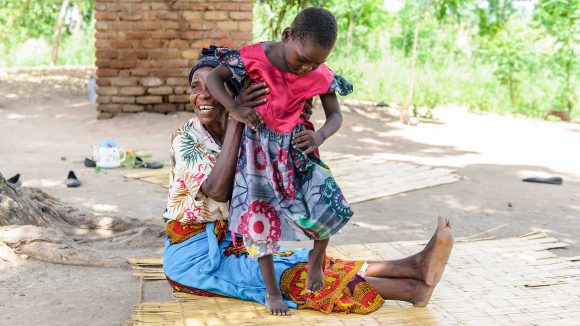
Annual inclusion report 2018
The purpose of this annual report is to share learning, highlight our work on inclusion and stimulate and challenge both ourselves and our partners.

Inclusive teaching and learning for children with visual impairments
This guide identifies ways in which children with visual impairments (children who are blind and children with low vision) can be included in mainstream schools in sub-Saharan Africa.
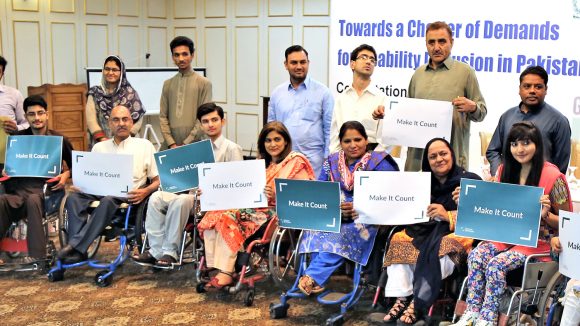
Disability inclusion in international development programmes
Sightsavers works with partners in over 30 countries to eliminate avoidable blindness and support the empowerment of people with disabilities.
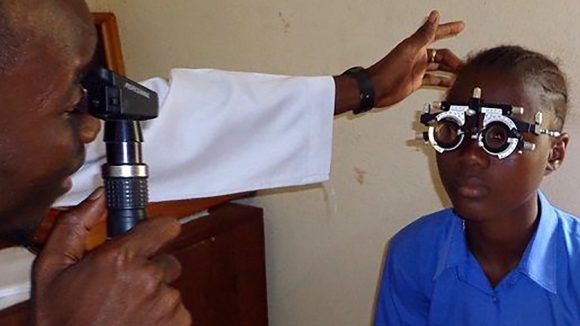
Sierra Leone Eye Care Programme
More than 90 per cent of all blindness in Sierra Leone is also avoidable, significantly higher than the global average. This project aims to help reduce avoidable blindness and vision impairment.
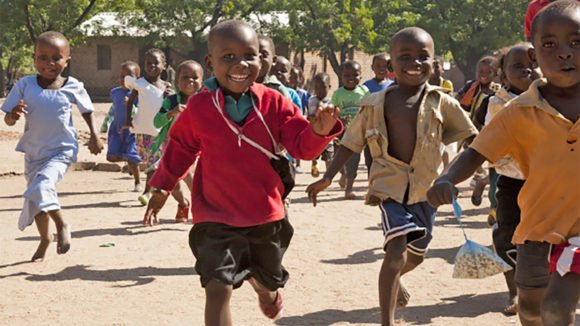
Inclusive education for children with disabilities: teacher training pack
The purpose of this training pack is to develop the capacity of teachers to make their schools and classrooms more inclusive for children with disabilities.
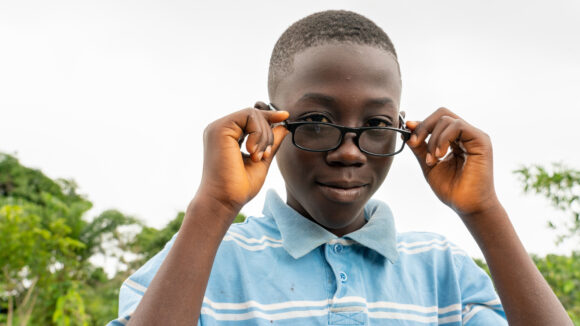
Recycling used spectacles: Sightsavers’ policy
A position paper from Sightsavers explaining why they do not take part in the recycling of used spectacles, including lack of cost-effectiveness.
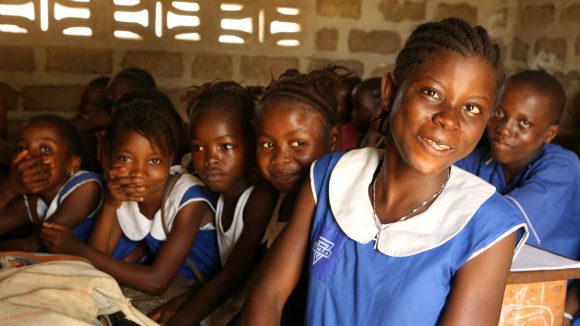
Education strategy 2013-2018
These documents outline Sightsavers’ strategic directions in education for 2013-2018, identifying the goal of the work and relevant fields of activity.
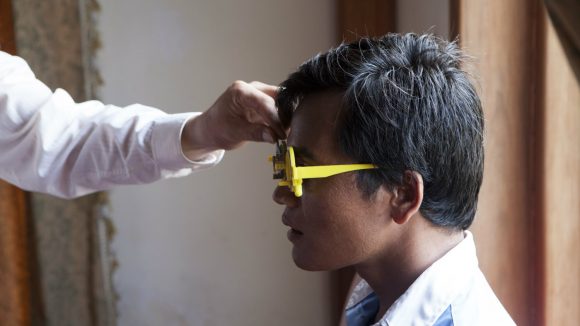
Eye health strategy 2013-2018
This strategy is guided by Sightsavers’ Strategic Framework 2012-2018 and draws on the organisation’s range of technical, research and policy expertise.